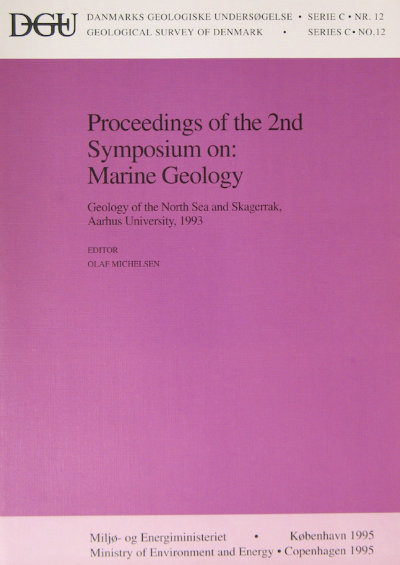Origin of a deep buried valley system in Pleistocene deposits of the eastern central North Sea
DOI:
https://doi.org/10.34194/seriec.v12.7106Abstract
In the North Sea, the sedimentary development of the late Tertiary and early Quaternary was dominated by deltaic sedimentation in a fast subsiding basin. During the Pleistocene, pronounced climatic changes affected the sedimentation of the area and progradation of the delta systems ceased. The Middle and Upper Pleistocene sedimentary successions consist of alternations of marine and fluvial deposits, partly reworked during glacial periods. Seismic records from the Danish sector of the North Sea reveal numerous deep incisions cut down from various levels of the Middle and Upper Pleistocene successions. These incisions are concluded to form a pattern of buried valleys. Detailed seismic stratigraphic analysis shows the occurrence of various internal unconformities within these buried valleys. It is concluded that the valleys originate from a river system developed in periods of repeated sea-level changes. Pluvial erosion during glacial sea-level lowstand and glacial meltwater action is proposed to have been responsible for the origin of the valley system. Thus, in Middle and Upper Pleistocene glacial periods drainage and associated sediment transport occurred from Northwest and Central European land areas via a presently buried river system in the southeastern North Sea towards a depositional basin north and northwest of the Danish North Sea sector.
Downloads
Published
Issue
Section
License
This article is distributed under a CC-BY 4.0 licence, permitting free redistribution and reproduction for any purpose, even commercial, provided proper citation of the original work. Author(s) retain copyright over the article contents.


